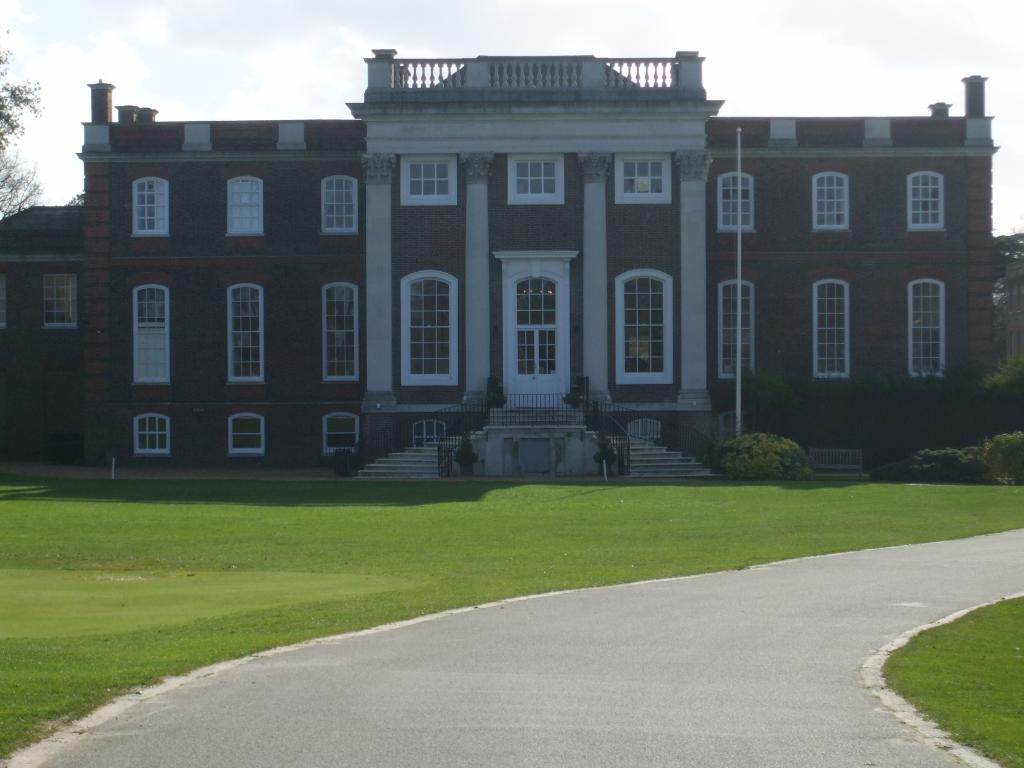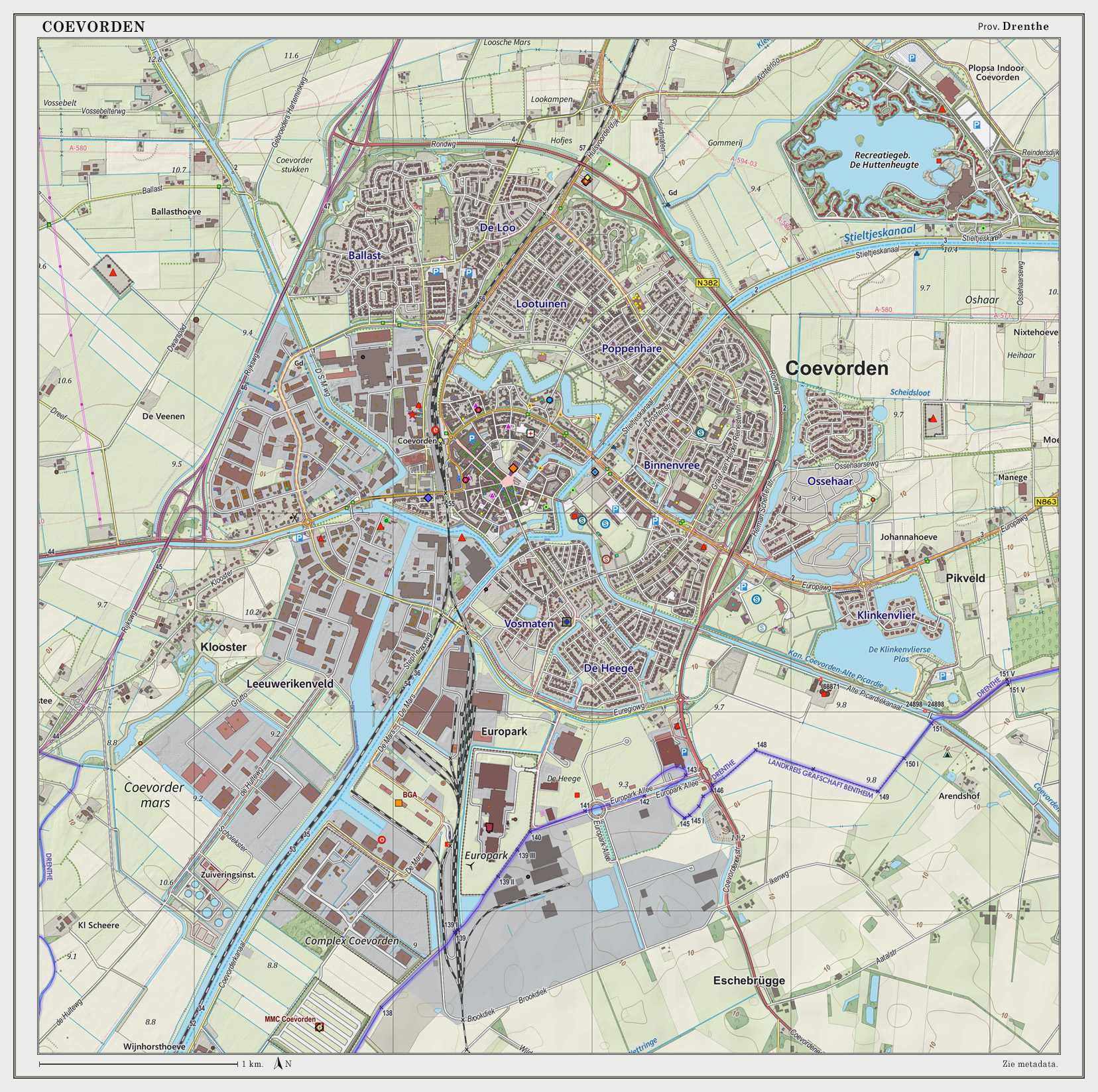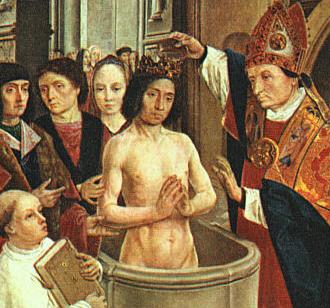|
George Vancouver
Captain (Royal Navy), Captain George Vancouver (; 22 June 1757 – 10 May 1798) was a Royal Navy officer and explorer best known for leading the Vancouver Expedition, which explored and charted North America's northwestern West Coast of the United States, Pacific Coast regions, including the coasts of what became the Provinces and territories of Canada, Canadian province of British Columbia and the U.S. states of Alaska, Washington (state), Washington, Oregon and California. The expedition also explored the Hawaiian Islands and the southwest coast of Australia. Various places named for Vancouver include Vancouver Island; the city of Vancouver in British Columbia; Vancouver River on the Sunshine Coast of British Columbia; Vancouver, Washington, in the United States; Mount Vancouver on the Canadian–US border between Yukon and Alaska; and New Zealand's Mount Vancouver (New Zealand), fourth-highest mountain, also Mount Vancouver (New Zealand), Mount Vancouver. Early life Vancouve ... [...More Info...] [...Related Items...] OR: [Wikipedia] [Google] [Baidu] |
Petersham, London
Petersham is a village in the London Borough of Richmond upon Thames on the east of the bend in the River Thames south of Richmond, London, Richmond, which it shares with neighbouring Ham, London, Ham. It provides the foreground of the scenic view from Richmond, London, Richmond Hill across Petersham Meadows, with Ham House further along the river. Other nearby places include Twickenham, Isleworth, Teddington, Mortlake, and Roehampton. History Petersham appears in Domesday Book (1086) as ''Patricesham''. It was held by Chertsey Abbey. Its assets were: 4 hide (unit), hides; 1 church, 5 ploughs, 1 fishery worth 1,000 eels and 1000 lampreys, of meadow. It rendered £6 10s 0d. Archibald Campbell, 3rd Duke of Argyll, Archibald Campbell, later 3rd Duke of Argyll and Earl of Islay, was born at Ham House in 1682. He went on to found the Royal Bank of Scotland in Edinburgh in 1727. The explorer George Vancouver retired to Petersham, where he wrote George Vancouver#Works by Geor ... [...More Info...] [...Related Items...] OR: [Wikipedia] [Google] [Baidu] |
King's Lynn
King's Lynn, known until 1537 as Bishop's Lynn and colloquially as Lynn, is a port and market town in the borough of King's Lynn and West Norfolk in the county of Norfolk, England. It is north-east of Peterborough, north-north-east of Cambridge and west of Norwich. History Toponymy The etymology of King's Lynn is uncertain. The name ''Lynn'' may signify a body of water near the town – the Welsh word means a lake; but the name is plausibly of Old English, Anglo-Saxon origin, from ''lean'' meaning a Tenure (law), tenure in fee or farm. The 1086 Domesday Book records it as ''Lun'' and ''Lenn'', and ascribes it to the Bishop of Elmham and the Archbishop of Canterbury. The Domesday Book also mentions saltings at Lena (Lynn); an area of partitioned pools may have existed there at the time. The presence of salt, which was relatively rare and expensive in the early medieval period, may have added to the interest of Herbert de Losinga and other prominent Normans in the modest parish ... [...More Info...] [...Related Items...] OR: [Wikipedia] [Google] [Baidu] |
Vancouver Island
Vancouver Island is an island in the northeastern Pacific Ocean and part of the Canadian province of British Columbia. The island is in length, in width at its widest point, and in total area, while are of land. The island is the largest by area and the most populous along the west coasts of the Americas. The southern part of Vancouver Island and some of the nearby Gulf Islands are the only parts of British Columbia or Western Canada to lie south of the 49th parallel. The southeast part of the island has one of the warmest climates in Canada, and since the mid-1990s has been mild enough in a few areas to grow Mediterranean crops such as olives and lemons. The population of Vancouver Island was 864,864 as of 2021. Nearly half of that population (~400,000) live in the metropolitan area of Greater Victoria on the southern tip of the island, which includes Victoria, the capital of British Columbia. Other notable cities and towns on Vancouver Island include Nanaimo, Campb ... [...More Info...] [...Related Items...] OR: [Wikipedia] [Google] [Baidu] |
Terra Australis
(Latin for ) was a hypothetical continent first posited in antiquity and which appeared on maps between the 15th and 18th centuries. Its existence was not based on any survey or direct observation, but rather on the idea that continental land in the Northern Hemisphere should be balanced by land in the Southern Hemisphere.John Noble Wilford: The Mapmakers, the Story of the Great Pioneers in Cartography from Antiquity to Space Age, p. 139, Vintage Books, Random House 1982, This theory of balancing land has been documented as early as the 5th century on maps by Macrobius, who used the term ' on his maps. Names Other names for the hypothetical continent have included and (), and (). Other names were (), and (). Matthias Ringmann called it the () in 1505, and Franciscus Monachus called it the ''Australis orę'' (Austral country). In medieval times it was known as the Antipodes. The French writer Guillaume Postel proposed the name ''Chasdia'', after Noah's grandson C ... [...More Info...] [...Related Items...] OR: [Wikipedia] [Google] [Baidu] |
Second Voyage Of James Cook
The second voyage of James Cook, from 1772 to 1775, commissioned by the British government with advice from the Royal Society, was designed to circumnavigate the globe as far south as possible to finally determine whether there was any great southern landmass, or '' Terra Australis''. On his first voyage, Cook had demonstrated by circumnavigating New Zealand that it was not attached to a larger landmass to the south, and he charted almost the entire eastern coastline of mainland Australia, yet ''Terra Australis'' was believed to lie further south. Alexander Dalrymple and others of the Royal Society still believed that this massive southern continent should exist. After a delay brought about by the botanist Joseph Banks' unreasonable demands, the ships '' Resolution'' and ''Adventure'' were fitted for the voyage and set sail for the Antarctic in July 1772. On 17 January 1773, ''Resolution'' was the first ship to venture south of the Antarctic Circle, which she did twice more ... [...More Info...] [...Related Items...] OR: [Wikipedia] [Google] [Baidu] |
Captain James Cook
Captain James Cook (7 November 1728 – 14 February 1779) was a British Royal Navy officer, explorer, and cartographer famous for his three voyages of exploration to the Pacific and Southern Oceans, conducted between 1768 and 1779. He completed the first recorded circumnavigation of the main islands of New Zealand and was the first known European to visit the eastern coastline of Australia and the Hawaiian Islands. Cook joined the British merchant navy as a teenager before enlisting in the Royal Navy in 1755. He served during the Seven Years' War, and subsequently surveyed and mapped much of the entrance to the St. Lawrence River during the siege of Quebec. In the 1760s, he mapped the coastline of Newfoundland and made important astronomical observations which brought him to the attention of the Admiralty and the Royal Society. This acclaim came at a crucial moment in British overseas exploration, and it led to his commission in 1768 as commander of for the first of three ... [...More Info...] [...Related Items...] OR: [Wikipedia] [Google] [Baidu] |
Midshipman
A midshipman is an officer of the lowest Military rank#Subordinate/student officer, rank in the Royal Navy, United States Navy, and many Commonwealth of Nations, Commonwealth navies. Commonwealth countries which use the rank include Royal Canadian Navy, Canada (Naval Cadet), Royal Australian Navy, Australia, Bangladesh Navy, Bangladesh, Namibian Navy, Namibia, Royal New Zealand Navy, New Zealand, South African Navy, South Africa, Indian Navy, India, Pakistan Navy, Pakistan, Republic of Singapore Navy, Singapore, Sri Lanka Navy, Sri Lanka, and Kenya Navy, Kenya. In the 17th century, a midshipman was a Naval rating, rating for an experienced seaman, and the word derives from the area aboard a ship, amidships, either where he worked on the ship, or where he was Berth (sleeping), berthed. Beginning in the 18th century, a commissioned officer candidate was rated as a midshipman, and the seaman rating began to slowly die out. By the Napoleonic era (1793–1815), a midshipman was an a ... [...More Info...] [...Related Items...] OR: [Wikipedia] [Google] [Baidu] |
Dutch Low Saxon
Dutch Low Saxon ( or ''Nederlaands Nedersaksies''; ) are Low Saxon dialects from the Low German language that are spoken in the northeastern Netherlands and are mostly, but not exclusively, written with local, unstandardised orthographies based on Standard Dutch orthography. The UNESCO Atlas of endangered languages lists the language as vulnerable. The percentage of speakers among parents dropped from 34% in 1995 to 15% in 2011. The percentage of speakers among their children dropped from 8% to 2% in the same period. According to a 2005 study 53% indicated to speak Low Saxon or Low Saxon and Dutch at home and 71% they could speak Low Saxon in the researched area, accounting for a total of 1.6 million speakers at home and 2.15 million total, ranging from "reasonably" to "very well" in terms of proficiency. The Netherlands recognizes Dutch Low Saxon as a regional language under the European Charter for Regional or Minority Languages. Classification The classification of Dutch ... [...More Info...] [...Related Items...] OR: [Wikipedia] [Google] [Baidu] |
Coevorden
Coevorden (; ; ) is a List of cities in the Netherlands by province, city and List of municipalities of the Netherlands, municipality in the Provinces of the Netherlands, province of Drenthe, in the east of Netherlands, the Netherlands. During the 1998 municipal reorganisation in the province, Coevorden merged with Dalen, Sleen, Oosterhesselen and Zweeloo, retaining its name. In August 2017, it had a population of 35,267. Etymology The name ''Coevorden'' means "cow Ford (crossing), ford(s)" or "cow crossing", similar to ''Bosporus'' or ''Oxford''. History Coevorden received City rights in the Low Countries, city rights in 1408. It is the oldest city in the province of Drenthe. The city Siege of Coevorden (1592), was captured from the Spanish in 1592 by a Dutch and English force under the command of Maurice, Prince of Orange. The following year it Siege of Coevorden (1593), was besieged by a Spanish force but the city held out until its relief in May 1594. Coevorden was t ... [...More Info...] [...Related Items...] OR: [Wikipedia] [Google] [Baidu] |
Dutch People
The Dutch, or Netherlanders (Dutch language, Dutch: ) are an ethnic group native to the Netherlands. They share a common ancestry and culture and speak the Dutch language. Dutch people and their descendants are found in migrant communities worldwide, notably in Argentina, Aruba, Australia, Brazil, Canada,Based on Statistics Canada, Canada 2001 Census]Linkto Canadian statistics. Caribbean Netherlands, Curaçao, Germany, Guyana, Indonesia, New Zealand, Sint Maarten, South Africa, Suriname, and the United States.According tFactfinder.census.gov The Low Countries were situated around the border of France and the Holy Roman Empire, forming a part of their respective peripheries and the various territories of which they consisted had become virtually autonomous by the 13th century. Under the Habsburgs, the Netherlands were organised into a single administrative unit, and in the 16th and 17th centuries the Northern Netherlands gained independence from Spain as the Dutch Republic. The ... [...More Info...] [...Related Items...] OR: [Wikipedia] [Google] [Baidu] |
Mount Vancouver (New Zealand)
Mount Vancouver is a peak in the Southern Alps. At 3,309 metres (10,856 feet) it is New Zealand's fourth-highest named summit. It is an elevation on the ridge leading north from Aoraki / Mount Cook (3,724 m), between Mount Dampier (3,440 m) and the Clarke Saddle (2,978 m). The peak is named after Captain George Vancouver, who was part of the second voyage of James Cook in 1773 and who returned in 1791 as commander of the Vancouver Expedition The Vancouver Expedition (1791–1795) was a four-and-a-half-year voyage of exploration and diplomacy, commanded by Captain George Vancouver of the Royal Navy. The British expedition circumnavigated the globe and made contact with five continen .... The New Zealand Geographic Board adopted the name Mount Vancouver in November 1953. See also * List of mountains of New Zealand by height References Southern Alps Westland District Mountains of the Canterbury Region Mountains of the West Coast Region Aoraki / Mount Cook Nati ... [...More Info...] [...Related Items...] OR: [Wikipedia] [Google] [Baidu] |
Yukon
Yukon () is a Provinces and territories of Canada, territory of Canada, bordering British Columbia to the south, the Northwest Territories to the east, the Beaufort Sea to the north, and the U.S. state of Alaska to the west. It is Canada’s westernmost territory and the smallest territory by land area. As of the 2021 Canadian census, 2021 census, Yukon is the middle territory in terms of population, but the most densely populated. Yukon has an estimated population of 47,126 as of 2025. Whitehorse, the territorial capital, is the largest settlement. Yukon was History of the Northwest Territories, split from the Northwest Territories by a federal statute in 1898 as the Yukon Territory. The current governing legislation is a new statute passed by the federal Parliament in 2002, the ''Yukon Act''. That act established Yukon as the territory's official name, although Yukon Territory remains in popular usage. Canada Post uses the territory's internationally approved postal abbrevia ... [...More Info...] [...Related Items...] OR: [Wikipedia] [Google] [Baidu] |









